|
Over the years, we have all witnessed the famous transformation of our beloved Mattel Barbie doll and we have enjoyed every moment of it. Decades ago, Barbie’s representation of the little girls who loved and played with her was pretty marginal. Barbie was blonde with blue eyes for many years before she finally had brown hair! Still, her figure was impossibly thin, and she only ever seemed flawless and perfect. I’m a seventies child and had quite the impressive collection of dolls as a child. The only doll that came close to representing me was my Cher doll - and she looked nothing like me!
0 Comments
Five Strong Issues in the Disability Community that are Still Trending After all These Years3/12/2019
There are many obstacles and issues that have made day-to-day living very challenging for individuals with disabilities for decades. Over the years, we have seen many positive changes, movements, and systems put in place that have improved the lives of individuals with disabilities in many ways. The American’s with Disabilities Act (ADA), the Individuals with Disabilities Education Act (IDEA), 1973 Rehabilitation Act, Section 504, Section 508, Workforce Innovation and Opportunity Act (WIOA) and the Achieving a Better Life Experience Act (ABLE) has improved the lives of millions.
When it comes to the big screen and the red carpet, the disability community continues to rank as the most underrepresented in Hollywood. I admit that it is exciting times to see more individuals with disabilities play leading roles on television or in the movies, but it’s still not enough. Many in the disability community are now questioning Hollywood why roles with specific disabilities are not played by individuals with those same disabilities. In the United States, 1 in 8 people have a disability, that makes up for about 40 million people in the united states living with a disability. That’s a pretty large population for Hollywood to consider when it comes to disability representation.
This weekend we celebrated National Puerto Rican Day in our own way here in the Sunshine State of Florida. We celebrate Hispanic Heritage Month every year, but every second Sunday in June, Puerto Ricans celebrate their cultural contributions to the United States and their residence in the mainland by marching along 5th avenue in Manhattan, New York. The very first parade was celebrated on Sunday, April 13, 1958. While we couldn't join the fun at the parade, we got together with family and celebrated Puerto Rican culture. In doing so, we all shared some information we knew about Puerto Rico and learned some things that we didn’t know. It was a fun gathering with music, dominoes, delicious food, and spending time together as family.

This film has all the elements of a horror movie that was brilliantly done. From the writing and directing, to the acting and musical score, this movie has it all! Edge of your seat suspense – check. Fear of the dark and the unknown – check. Creepy and grotesque creatures – check. Scary places (like corn fields) – check. Fear of the unusual and ultimately death – BIG CHECK! Of all these important chilling elements, what probably tops this list is the fact that the only character with a disability is actually played by an actress with the same disability (the daughter is hearing impaired). This is a wonderful precedence that John Krasinsky (director and leading actor in the film) sets for others in the big screen industry. I know, we've seen it before in movies like "Children of a Lesser God" (Marlee Matlin is a hearing impaired actress who played the role of a character with the same disability), but it shouldn't be a rare occurrence.
Disability awareness and being sensitive to the needs of children and adults with disabilities is not something we’re all born with. Some of us have children, siblings, parents, friends or other loved ones with disabilities and our experience has taught us about acceptance of individuals with different abilities. Without these experiences, children, teens and young adults may have difficulty with understanding what it’s like to have a disability and why it’s important for everyone to be caring, understanding and accepting.
It’s that time of year when gift giving is in full swing. Families are preparing for Christmas, Hanukkah, Kwanzaa, Las Posadas, Boxing Day and other wonderful traditions this time of year. Many of us like to express how much we care about others by giving them something we hope brings them joy. It’s not always easy buying things for family and friends, and sometimes buying for loved ones with special needs can be even more challenging. As a parent of a teen with autism, I do my homework each year. I came up with a really cool list of gift ideas I share with family and friends. These gifts are great for most kids of all ages. I’ve got a few creative ideas for picky loved ones too! I’m happy to share them with you!
The holiday season is once again upon us and with it comes thoughts of togetherness, celebrations, and gatherings to look forward to. Thanksgiving festivities are among the first to kick-off traditional gatherings, shopping rituals, and preparing classic meal favorites. However, this time of year may look a little different for special needs families as they experience different types of challenges. Children and adults with disabilities may have sensory issues, socialization or communication challenges, and other issues that make holiday gatherings something they might prefer to avoid. Parents of children and adults with disabilities may experience anxiety, worry, or possibly isolation. Here are some ideas that may help with having a fun and memorable gathering without anxiety or dreading the event happenings.
When most of us begin teaching our children about identifying their bodies, it usually sounds a little something like this:
“Touch your nose. Touch your arm. Touch your eye. Touch your cheek,” and so on. Many parents don’t ever mention the penis, vagina, bottom, or breast - yet, they too, are parts of our anatomy. It’s important to teach our children as best as we can about identifying body parts and their changing bodies, as well as the difference between safe and appropriate touches from inappropriate and dangerous situations.
In honor of Breast Cancer Awareness Month, I wanted to write a special post about a woman who is dear to me and anyone who knows her. If I had to describe Vinnetta in one word it would be “amiable.” Vee is a vivacious, energetic and athletic woman who has a genuine kindness and selflessness that reminds us all to try to be better people. This is her story. It’s about the fight of her life. It’s about how love, support, and faith helped her weather the shock of her diagnosis, the medicinal battle against a cruel disease and beyond her triumphant survival.
There are many ideas and approaches on how to create an inclusive society. Even finding a single outline that clearly highlights the core principles of inclusive settings can be challenging. Since there are many different views and definitions, the outcomes for inclusive settings vary and are often skewed. Like many special needs moms, I want the world to be more accepting, understanding, and of course, welcome my son and others like him as a valued and equal member of our society. But, what does that world look like?
Growing up, my brother and I weren’t the type of kids who knew how to crack crab legs, peel and eat shrimp, nor could we tell you what a fish boil was. We didn’t really eat much seafood. Of course, years later after I outgrew my childhood picky palette, I learned to appreciate the joys of eating good seafood.
So many people are unaware of the fact that there is such a thing called “Disability Etiquette.” If you’ve never known anyone with a disability, it could be difficult to know how to behave when you’re around someone with a disability. Sometimes, comments meant to be innocent and with good intentions can potentially offend individuals with disabilities. It’s essential for us to use disability etiquette if we believe in creating an inclusive society.
As a special needs parent, advocate and blogger, I get overwhelmed just as many other parents. Whenever I feel down or defeated, watching movies of triumph, inspiration, and perseverance offers me a sense of motivation, insight and sometimes creative revelations. A couple of years ago, I wrote a piece about my Top Ten most Inspirational Movies about Disabilities, and it’s still one of my most popular posts to date. Inspired by my reader’s interests and my love of movies that helped me get through some tough times, I thought I might write more often about movies that are disability related and recognized by the academy and other titans of film industry.
My husband loves to grill and I love to cook. Among the many things we share in common, cooking for family gatherings and working together in the kitchen is something we truly enjoy doing. So, when my husband Kirk told me his mum and brother were coming to spend some time with us before returning to Atlanta and then their final destination - the lovely island of Jamaica, we wanted to welcome them with a dinner fit for an island queen and prince.
Your Spring Cleaning tasks could mean Goodwill Career Creations!It is spring cleaning season! It's the time of year that gets us doing chores that aren't part of our normal cleaning routines. If you're anything like me, it's time to clean the china cabinet, get the oven back to its original shine, and start going through our closets and drawers to fish out all the clothes that we've outgrown or just stopped wearing over six months ago! But what if we could do our spring cleaning and donate to a good cause at the same time?
Recently, I wrote a post about how the Americans with Disabilities Act has made many life-changing improvements that have successfully increased the participation of individuals with disabilities in their communities. However, there is still much work that needs to be done.
Every year, we celebrate the anniversary of the Americans with Disabilities Act (ADA). The historic law was enacted in 1990, and our country is in a better place because of it – and other nations have taken notice. ADA prohibits the discrimination against people with disabilities. This includes employment, transportation, communication, public accommodations, activities, and government services. It states that “individuals with disabilities must have access to all public activities and places, just as anyone without disabilities.”
All family gatherings are special. The fall season is upon us and brings with it the Thanksgiving holiday. Families come together to celebrate and be thankful for having one another in each other’s lives. Special needs families prepare to celebrate the season’s festivities. Although our experience is a little different, we are grateful for many things.
Bullying has been around for far too long to be a passing fad. It’s an infectious direction that tends to spread quickly if the climate allows for it. It’s the end of October, and this is the month for which parents, students, educators, and members of our community work together to raise awareness about bullying and how to prevent it. However, our combined efforts shouldn’t begin and end in the month October, we must all work hard on bullying prevention throughout the year – every year.
|
Author: Christine Goulbourne
|
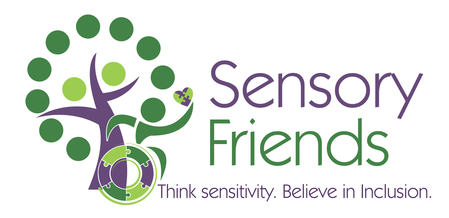
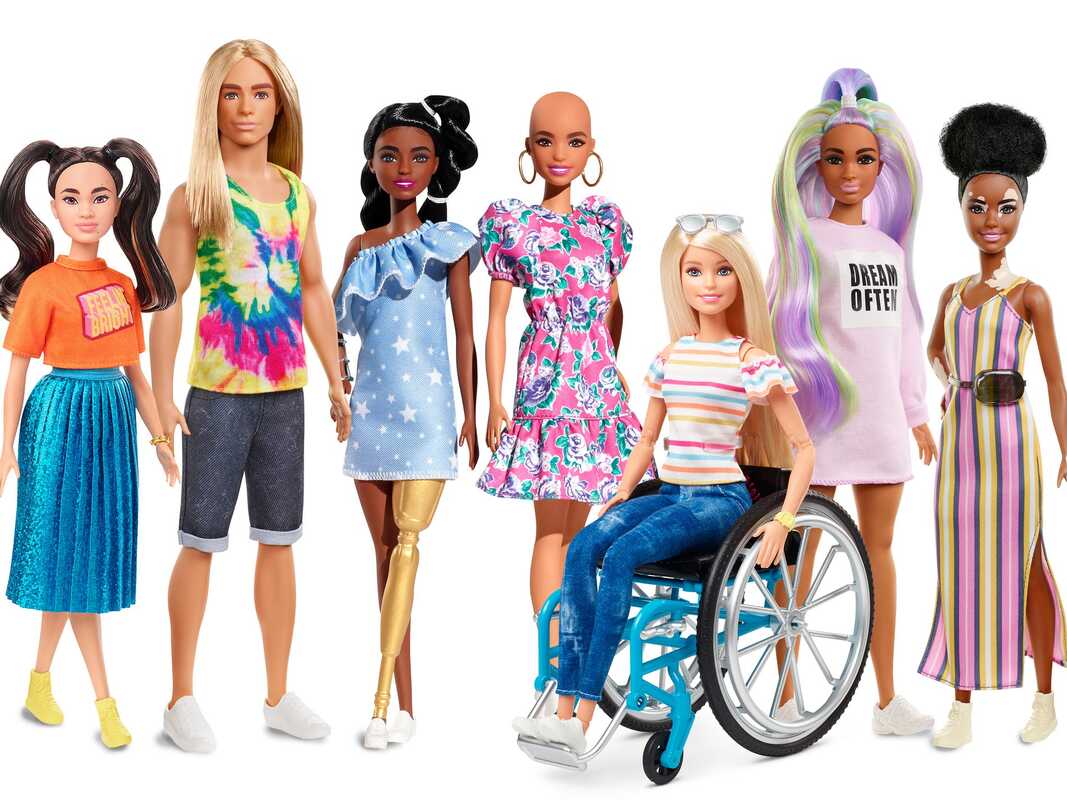
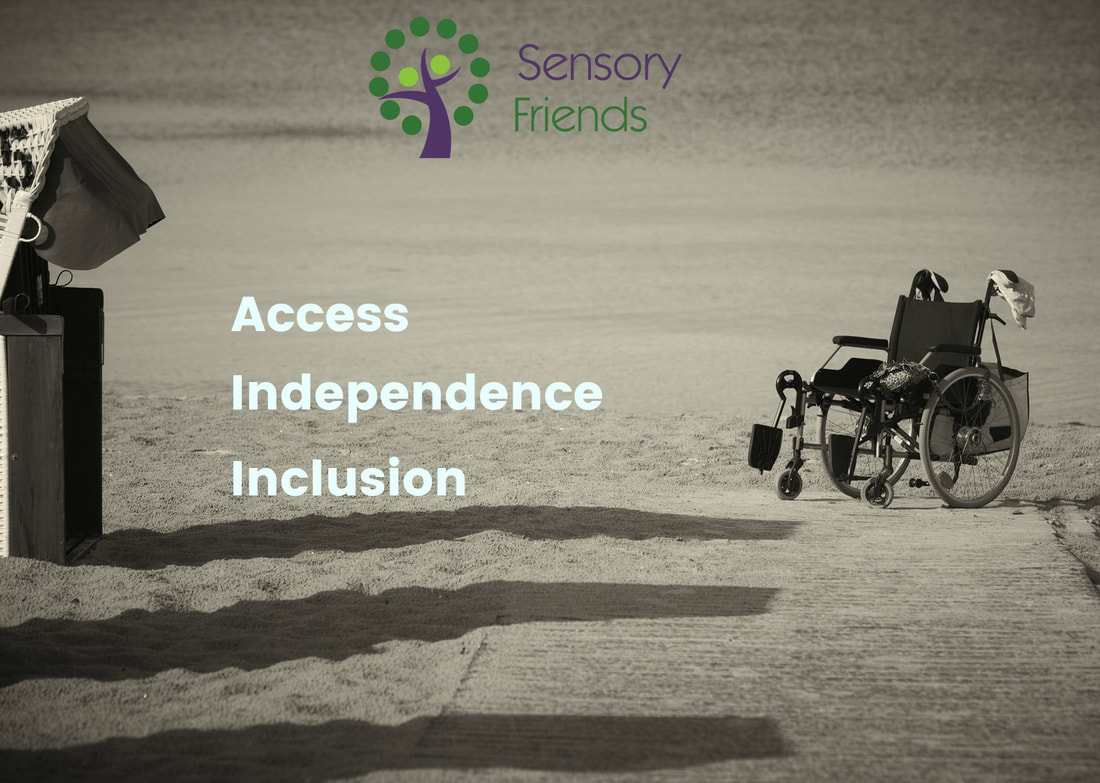
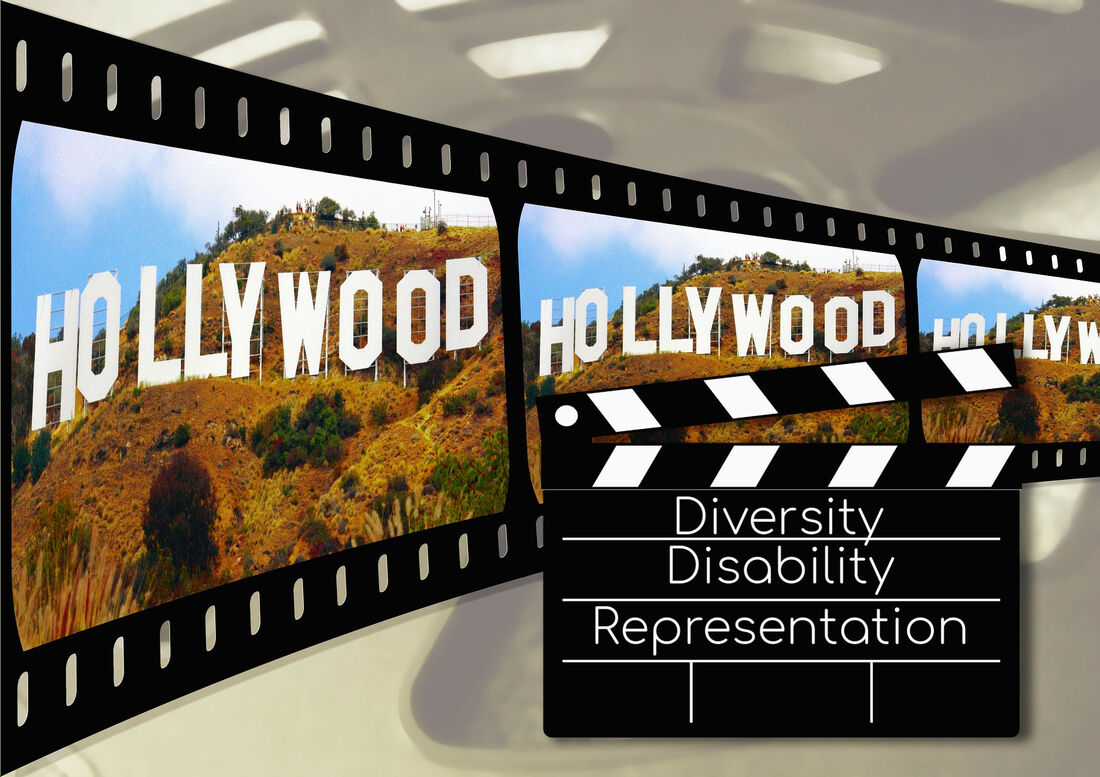



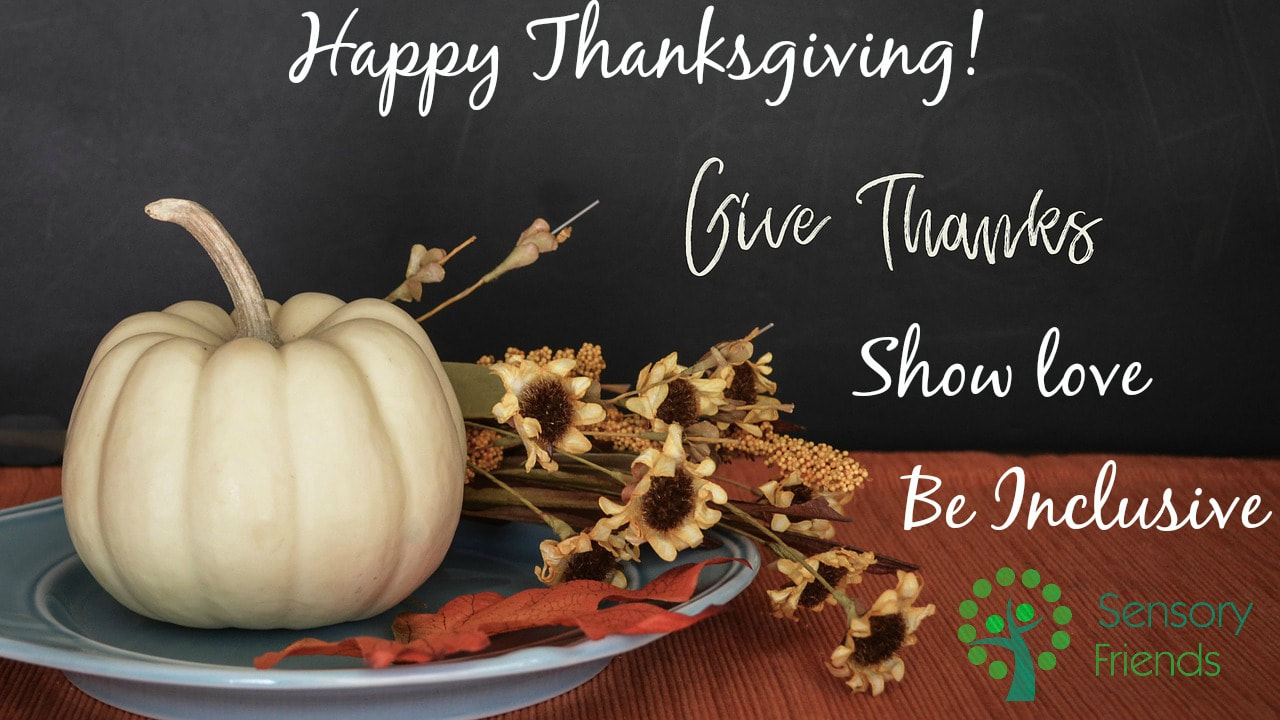








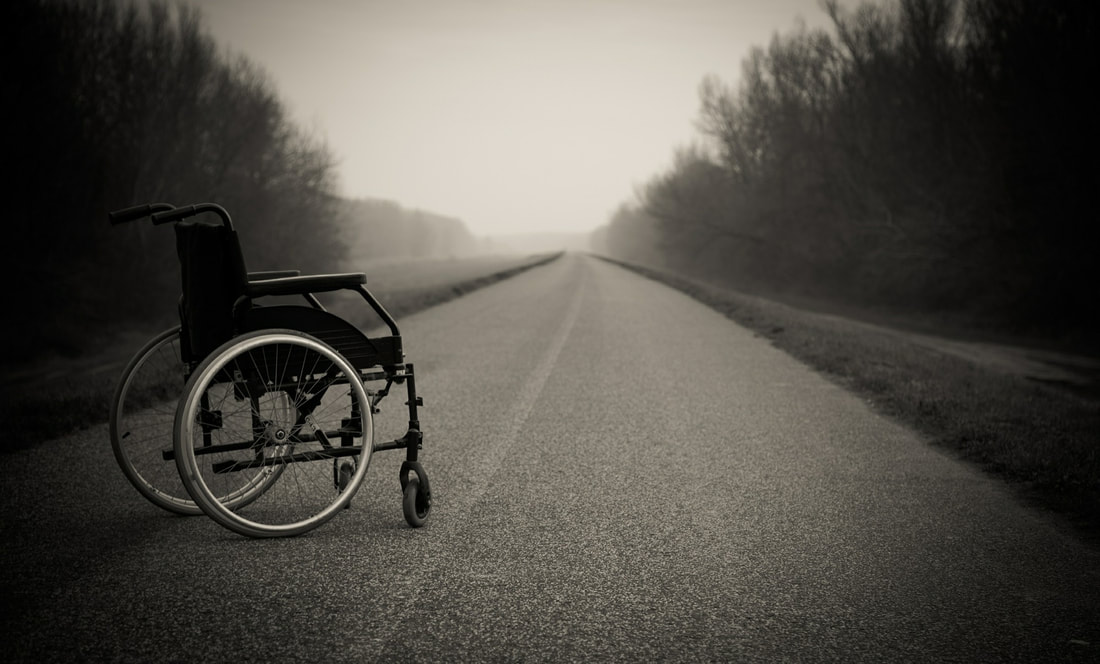

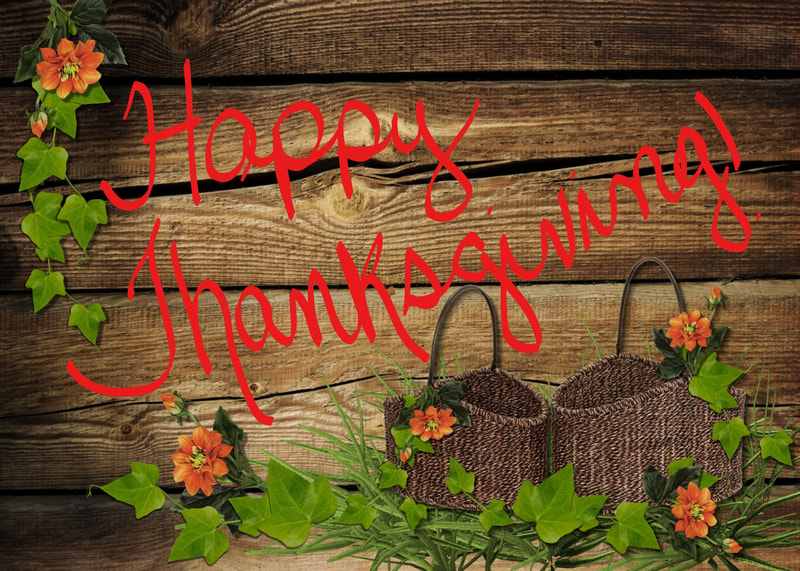
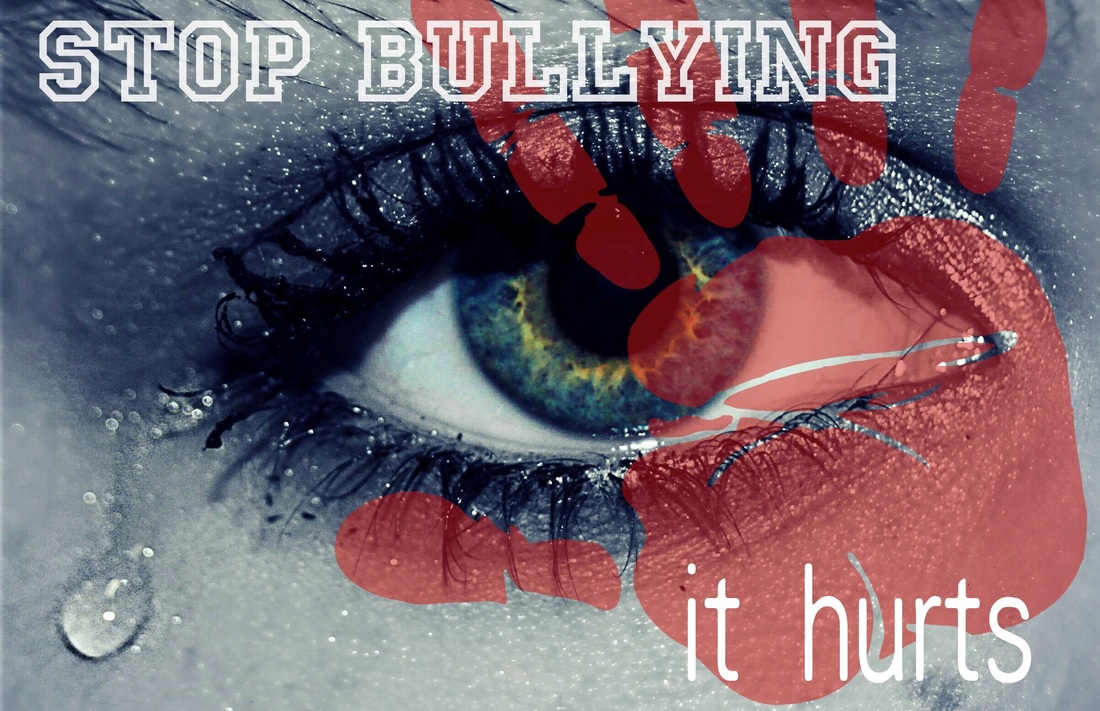
 RSS Feed
RSS Feed